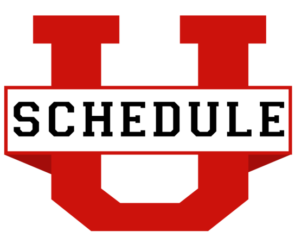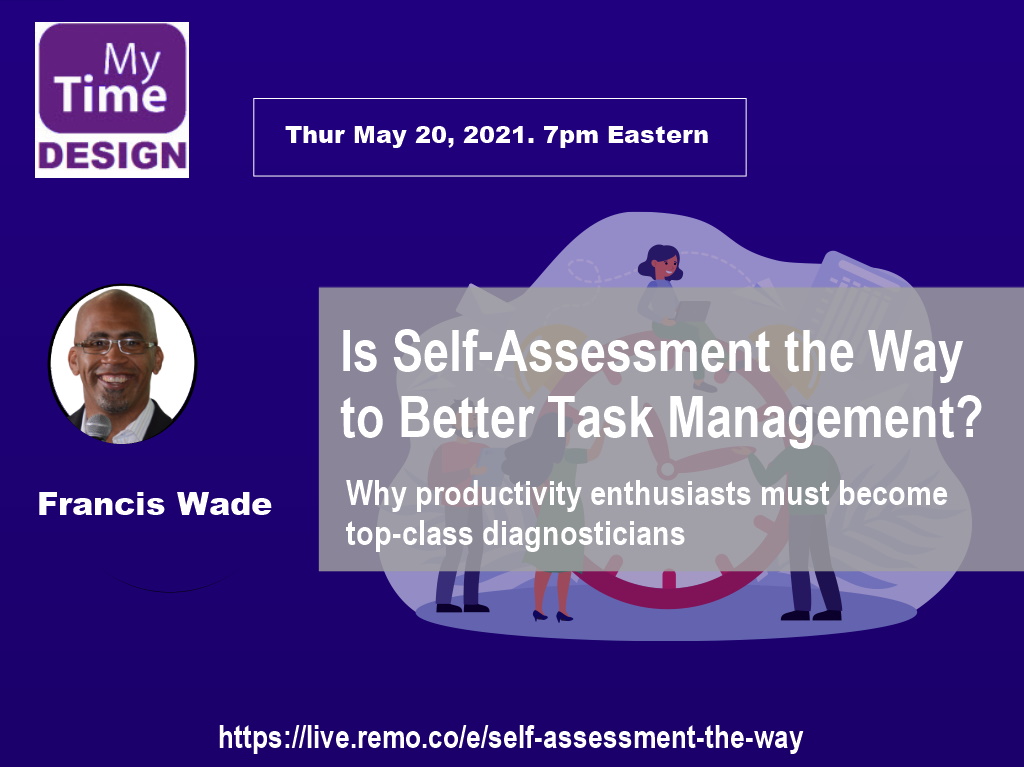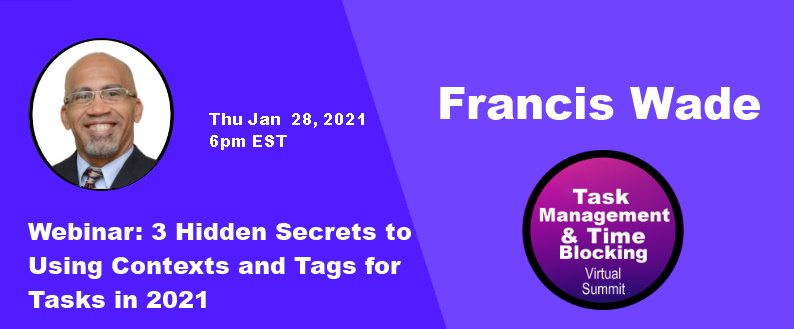Part 11 — Correcting Your System to Match Your Task Volume
This superpower will keep your system ever-evolving in the right direction


The Problem
If you have been adding more tasks than ever to your overall commitments, you may have noticed some unexpected changes. You have less unscheduled free time available. More defects (Part 2) occur.
But you don’t exactly know what to do about it. Some suggest you should reduce your task volume by cutting back on projects and commitments, but that’s not a viable solution for you. A more effective response is to add capacity, but that’s easier said than done, especially if you have some Type A tendencies in your task management.
Why Is This Important?
Ambitious people want more out of life than their counterparts, but this demand can turn destructive if it’s not channeled in the right way. In fact, a constructive response requires deliberate choices. It also helps to have knowledge of time demands (Part 1), Type A tendencies (Part 10) and task volume limits (Part 8).
Think back to when you first started to make task management improvements. You took a class or read a book, and picked up some new behaviors, which over time became new habits.
One way to explain your success is to say that you increased your capacity. To use the jargon of Part 8, you increased the size of the box containing your balloon full of tasks. Therefore, you could accommodate a bigger balloon.
So, the good news is that you have done this before…perhaps unconsciously. As a teenager, you used your budding time-awareness to make improvements to your task management that increased your capacity. And while you can’t go back in time and make the same changes, you can find comfort: most teens are able to figure out this transformation on their own.
Not so for adults. Instead, their amnesia on these matters leaves them confused. Now, they need to be reminded of progress they made, even if it was many years ago. Then they need to appreciate that their beginner’s luck has run out. Adult improvements require greater awareness.
The best place to start? Develop a personal baseline (a profile) of your current capacity. One method is to analyze your skills in each of the 13 fundamentals introduced in Part 9. Armed with this self-knowledge, you can decide which precise Pareto Improvements to make (Part 5).
What’s the Link to the Rapid Assessment Program (RAP)?
The RAP creates the opportunity to determine which improvements to make, and a plan to make them. But these aren’t random changes.
Instead, they are based on a very quick self-diagnostic, and a new understanding of how task management works in real human life. This approach sets you up to make corrections to your task management system at any point in the future.
Find out more about the MyTimeDesign Rapid Assessment Program in this webinar.
Part 11 — Correcting Your System to Match Your Task Volume was originally published in 2Time Labs on Medium, where people are continuing the conversation by highlighting and responding to this story.










